- R.A
- information
- 21380 views
- 1 comments
Jalāl al-Dīn Muhammad Balkhī (جلالالدین محمد بلخی), who is widely known as Jalaluddin Rumi (رومی) and Mevlana (مولانا), stands out as one of the most celebrated Iranian poets. Despite his fame, some people are unfamiliar with his mystical and romantic works. But how much do we truly know about the life and works of this great poet and mystic? In this Article from CyrusCrafts magazine, we aim to delve into Jalaluddin Rumi biography and uncover the lesser-known aspects of his life.
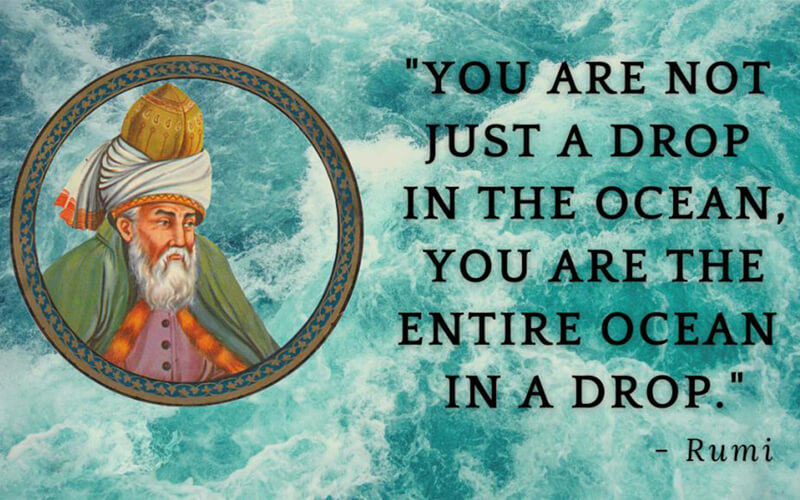
Life of Rumi (Rumi Biography)
Who is Rumi? Rumi full name Jalaluddin Muhammad Rumi, was a famous Iranian poet, mystic, and master who lived in the 13th century. Undoubtedly, he is the greatest mystical poet of all time.
Rumi's works have been translated into several languages. His poems are still widely read and influence many people. Even the Western world became interested in studying the character and poetry of Rumi in the 18th century. Among his most famous works, we can mention "Muthnavi", "Divan Shams Tabrizi," and "Fihi Ma Fih". Rumi's poetry often explores love, spirituality, and the relationship between humanity and the divine.
Maulana Jalaluddin Rumi's Nicknames
Jalaluddin Rumi's nicknames include "Mevlânâ," "Mawlānā," "Maulana," "Mevlevî," "Mawlawī," "Rumi," and "Mulai Rumi." His last name is "Khamush" in Persian, which means "Silence."
Rumi's Travels story and Journey to Self-Discovery
Rumi's extensive travels are captivating, much like other renowned Persian poets such as Omar Khayyam.
Maulana Rumi's Marriage
When Jalaludin Rumi was eighteen years old, he married Gohar khatoon, the daughter of one of the old commanders. They were blessed with two sons named Alauddin Muhammad and Sultan Walid during this marriage. He also had two other children from his second spouse, Muzaffaruddin Amir Alam, and Malek Khatun.
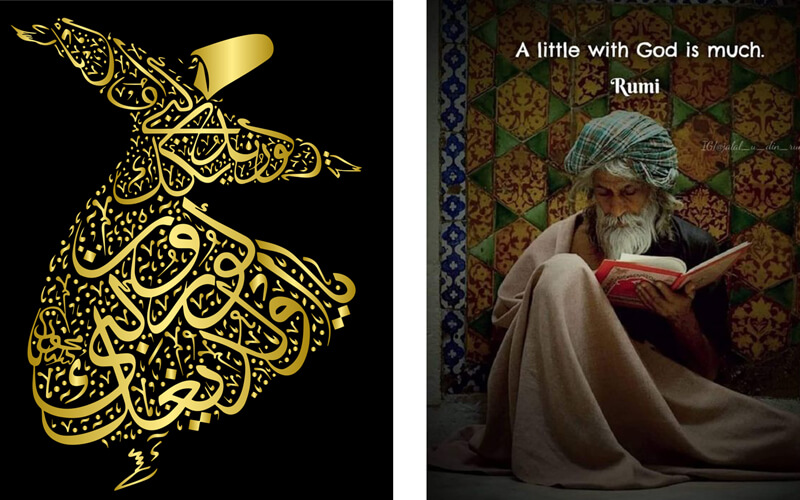
Cyrus Crafts; Luxury & Unique Products
Meeting of Maulana Jalaluddin Rumi and Shams, the Sun and a Flame
Undoubtedly, the most captivating story in Rumi's life is his acquaintance with Shams Tabrizi, a tale that people worldwide find fascinating. The stories that followed Rumi and Shams' meeting are remarkable, and like a rebirth for Maulana. In Rumi's poetic works, Shams Al embodies Allah's love for humanity. He was the sun's light that dispelled darkness from Rumi's heart, mind, and body. Therefore, reading this section of CyrusCrafts magazine is highly recommended.
Shams illuminated and warmed Rumi's life like the sun. Molana, who used to worship nowhere except the mihrab, changed and turned to Shama, dancing and listening to
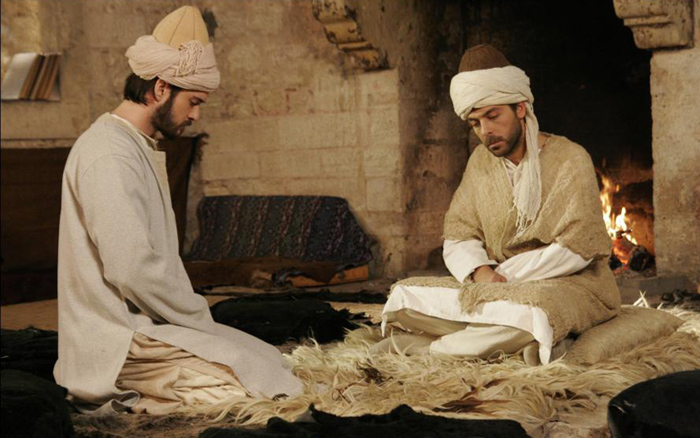
The works of Maulana Rumi
There are two main categories in Rumi's literary works, prose and verse, each of which includes subcategories.
Poetic works of Jalaluddin Rumi
Poetic works of Jalaluddin Rumi contain Masnavi, Ghazals, and Quatrains.
Masnavi (Mathnawi) of Rumi
Molavi's popularity is due to this book, which is a lesson in the field of:
- mysticism
- principles of Sufism
- ethics
- and knowledge
From the beginning, Masnavi was recited in dance and Sama meetings, and people called Masnavi readers recited this book with a charming voice. Ferdowsi's Shahnameh is one of the greatest poems of Persian literature, written in the form of Masnavi.
Ghazals of Mawlana
Despite their portrayal of pain and loss, Ghazals holds a unique beauty in their depiction of love. Hafez, a prominent Iranian poet, contributed beautifully to the world of Ghazals. The collection of Molavi's ghazals reaches an impressive 2500 in number. Interestingly, Jalaluddin Rumi often omitted his surname, instead using the name Shams Tabrizi. His works under this name are referred to as the Divan of Shams.
Rubaiyat or Quatrains of Maulana
The quatrains do not reach the level of the Ghazalyat and the Masnavi and include 1659 quatrains. Within these quatrains, one can become acquainted with mystical and spiritual couplets and themes and the unique way Maulana Rumi thought and phrased his work.
Rumi's Prose Works
Rumi's prose works contain Fihi Ma Fihi, Maktubat or Khutbat, and Seven meetings.
Fihi Ma Fihi of Rumi
Fihi Ma Fihi is a collection of Rumi's speeches that he gave in his meetings and has many similarities with Masnavi. This book in English gives this meaning; "It Is What It Is" or "In It What Is in It." Rumi's statements in the congregations were written down by his son Bahauddin or another disciple. Fieh Ma Fieh is more understandable and clear than Masnavi, has no poetic allusions, and is in prose.
Maktubat or Khutbat of Maulana
This work is in prose and includes letters and writings of Jalaluddin Rumi to his contemporaries.
Seven Meetings of Moulavi
This work includes Maulana's sermons and gatherings and his words on the pulpit to admonish others.
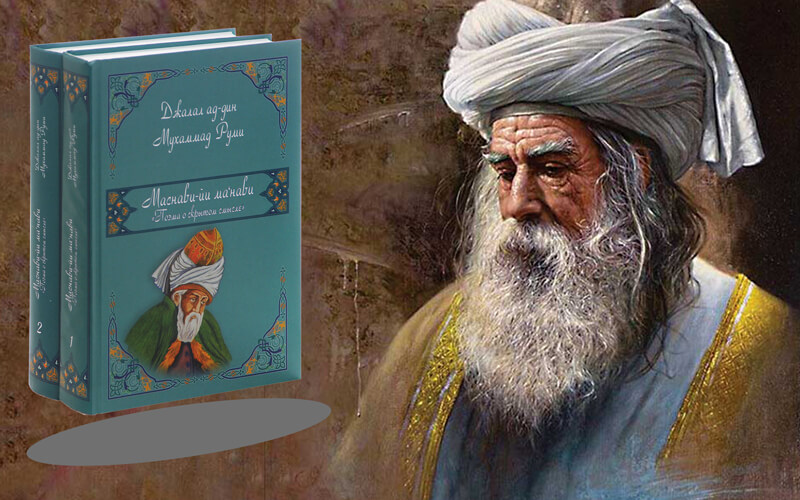
Introducing the Artistic Offerings of Maulana Works
In modern times, Rumi's poetic verses have found their way into various industries in unique and beautiful forms. At CyrusCrafts, we specialize in creating exquisite art products that showcase the beauty of Rumi's poetry.
- Accessory
Our collection includes wearable accessories for women and men, featuring Rumi's poetry rendered in stunning calligraphy. These accessories can add a touch of elegance and individuality to any outfit.
- Wall hangings
In addition, we offer a range of calligraphy wall hangings, which have become a popular trend in interior decoration. These pieces are adorned with Rumi's poetic verses and can be a captivating focal point in any room.
- Decorative plates
For those looking to add a touch of sophistication to their interior decor, we also offer decorative wall plates featuring the precious works of Mulana. These plates will elevate any space's aesthetic appeal and leave a lasting impression on all who behold them.
Choose Mulana Works for unique and beautiful art products that celebrate the timeless beauty of Rumi's poetry.
Death of Jalaluddin Rumi
Jalaluddin Muhammad Rumi's passing at 63 was sudden. It was marked by his ascension on a light ladder in one breath until he met with God. His death was mourned for forty days and nights by a diverse group of people, including young followers, Muslims, Jews, Christians, and Jews.
Maulana's Tomb
Maulana's Mausoleum, a place of great interest to tourists and lovers of poetry and literature, can be found in the city of Konya, between Antalya and Ankara. The Mausoleum rests on a hill with a height of 1016 meters, where a turquoise cone-shaped dome rests above Rumi's grave. In 1927, the tomb was transformed into a museum known as the Maulana Museum.
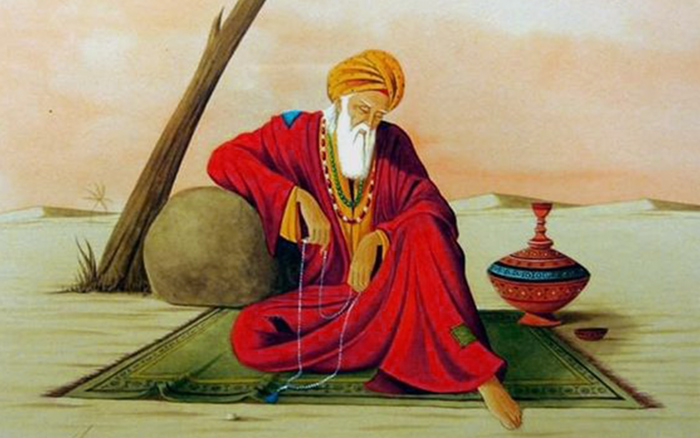
CyrusCrafts' last word about Maulana Jalaluddin Muhammad Rumi
In closing, we leave you with one of Maulana Jalaluddin Muhammad Rumi quotes, compiled by the team at CyrusCrafts. When asked about his relationship with, Shams responded, "I closed my mouth and spoke to you in a hundred silent ways." Please share your opinions or any questions as a comment.


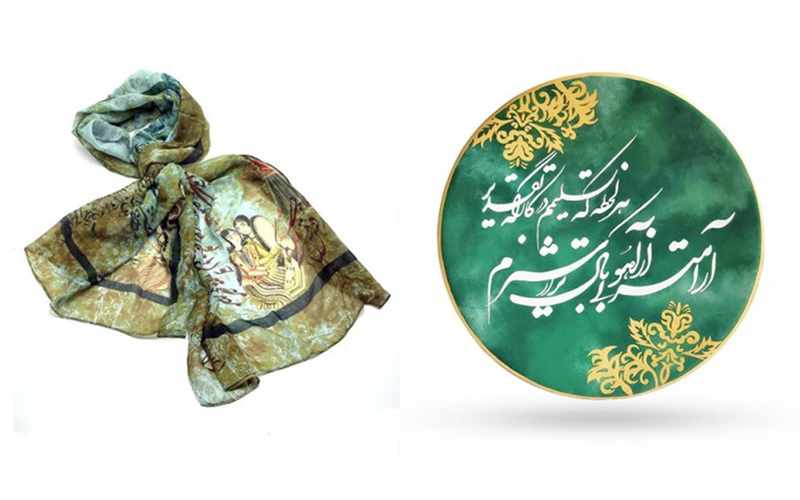






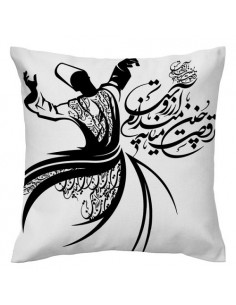

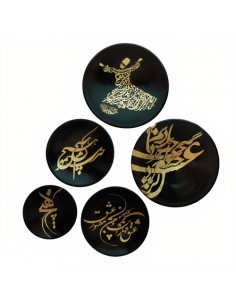

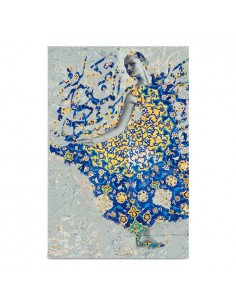

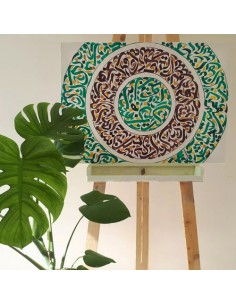

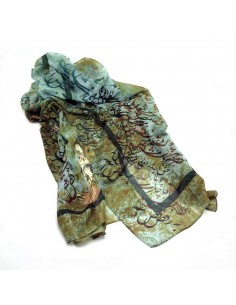

Comments (1)